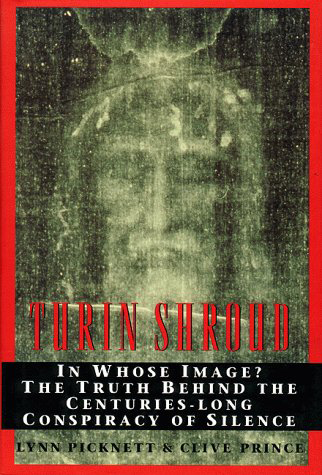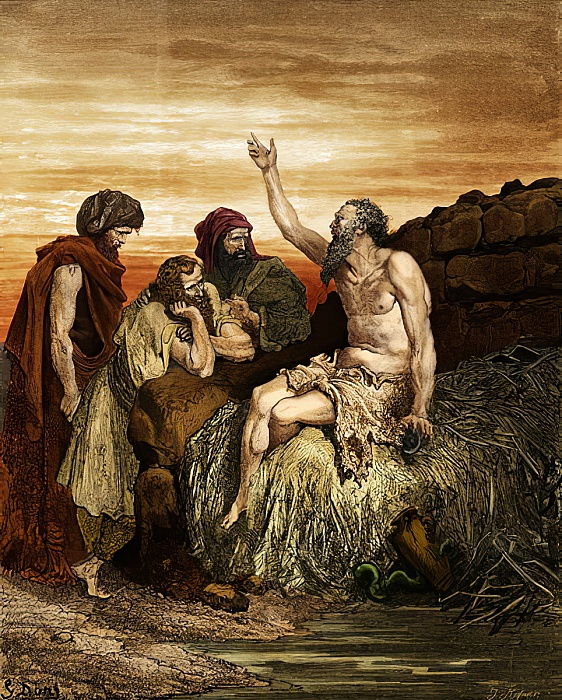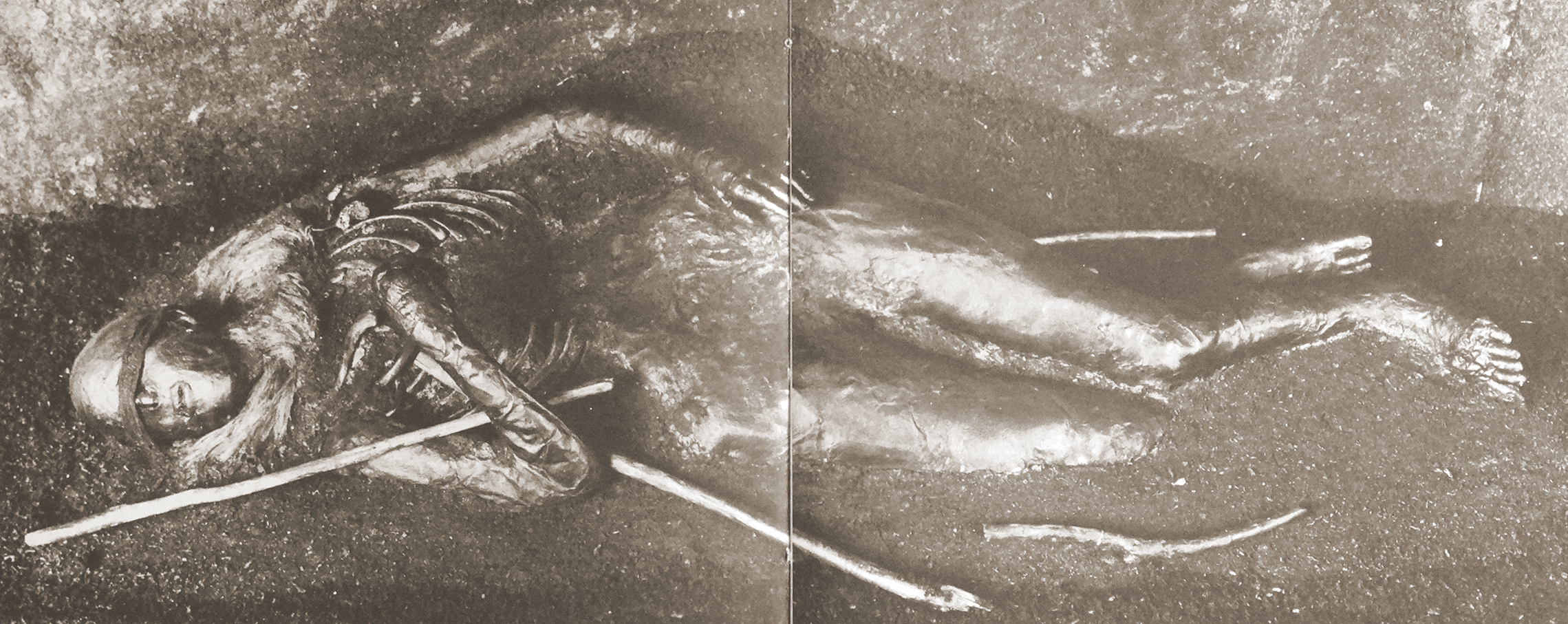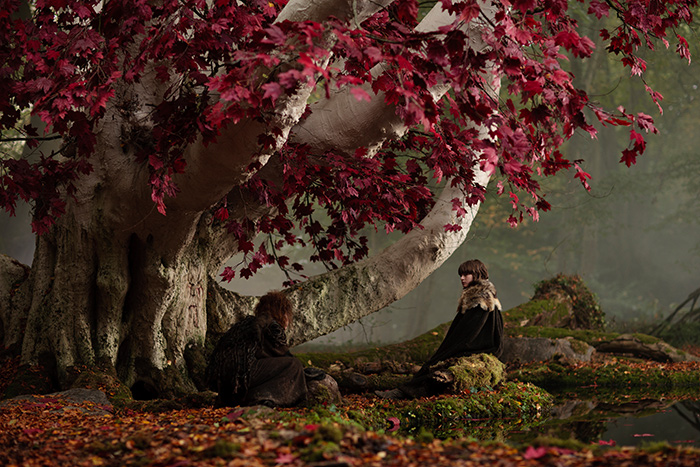I have used the word ‘introject ’ (see e.g., here) and would like to explain it using a little isolated piece of my biography, as when writing a profound autobiography I had to come across this word.
In common dictionaries introjection is ‘the unconscious adaptation of the ideas or attitudes of others’. But I emphasise the adoption of the ideas that our parents instilled in us, as it was they who had the greatest influence on our tender egos.
Several commenters, both here and outside this site, have scoffed at my past ideological deviations: completely ignorant of what I intended to tell them about. I confessed that to illustrate how we are slaves to parental introjects, for example, why some anti-Semites continue to kneel before the Jewish god.
Although decontextualised, the following passage from The Grail illustrates how it was that I introjected some religious things that my father told me. It was like a tremendous malware that I couldn’t erase until after a long time. The following passage is just a loose piece of the puzzle that my eleven books put together, but it helps to understand the word introjection when it leaves my lips. On pages 231-235 of The Grail I wrote the following (my Spanish-English translation, with some explanatory brackets):
______ 卐 ______
The Shroud of Turin
Imagine my surprise when, flipping through a book on the so-called Shroud during a subsequent stay in the neighbouring northern country (this time in Houston, Texas), I found some pages where the authors spoke of a writing of mine whose theories I had already abandoned:
 Some see the origin of the image on the Shroud as paranormal, rather than miraculous. They suggest that supernatural, rather than Divine, forces may be at work. Mexican parapsychologist Cesar Tort has raised the possibility that the image is a ‘thoughtograph’ . There is evidence – controversial, but not easily dismissed – that some psychics can create recognizable images on film by the power of thought alone. The most famous case is that of Ted Serios, an alcoholic Chicago bellhop, whose abilities were studied intensively in the mid-196os by the eminent researcher Jule Eisenbud. If it exists, the ability of the mind to affect the highly sensitive chemicals of photographic film would seem to be a natural variant of psychokinesis (PK)—the alteration of the state of a physical object by mental influence alone—as exhibited most famously by Uri Geller.
Some see the origin of the image on the Shroud as paranormal, rather than miraculous. They suggest that supernatural, rather than Divine, forces may be at work. Mexican parapsychologist Cesar Tort has raised the possibility that the image is a ‘thoughtograph’ . There is evidence – controversial, but not easily dismissed – that some psychics can create recognizable images on film by the power of thought alone. The most famous case is that of Ted Serios, an alcoholic Chicago bellhop, whose abilities were studied intensively in the mid-196os by the eminent researcher Jule Eisenbud. If it exists, the ability of the mind to affect the highly sensitive chemicals of photographic film would seem to be a natural variant of psychokinesis (PK)—the alteration of the state of a physical object by mental influence alone—as exhibited most famously by Uri Geller.
Tort [1] points to a similar phenomenon, that of images appearing spontaneously on the walls and floors of buildings. He cites a well documented case from the 1920s, when the image of the late Dean John Liddell appeared on a wall of Oxford Cathedral. Such pictures are usually of people of special sanctity, but not always. In one case in Belmez de la Moraleda in Spain, which was investigated by the veteran parapsychologist Professor Hans Bender one-time mentor of Elmar Gruber, co-author of The Jesus Conspiracy, leering, demonic faces have appeared regularly on the walls and floors of a house for more than twenty years. [2]
Cesar Tort’s starting point was the paradox between the historical and scientific evidence that we had already noted: the image on the Shroud is more consistent with actual crucifixion (and so, to most people, with the first century), than with a medieval artistic forgery, but the carbon dating and the documented history show it to be medieval. How, asked Tort, could a fourteenth-century cloth show a first-century image? So he speculated that it was a thoughtograph, projected onto the cloth by the collective minds of the pilgrims who came to meditate on a (then plain) cloth that they believed had wrapped their risen Lord. Tort admitted the main objection to this scenario: even suspending disbelief about the reality of thoughtography, we would expect the image to conform to the beliefs and expectations of those who unconsciously created it. To a medieval mind, there should be nails in the palms (not the wrists), Jesus should look younger, and he would certainly not be naked as here. To explain this, Tort has to invoke another paranormal phenomenon—retrocognition—where the past can be psychically perceived.
The pros and cons of these phenomena are outside the scope of this book, but in the case of Tort’s hypothesis it is enough to say that neither effect has ever been reported as working on the scale needed to make the Shroud image, and that the use of two such unknowns—thoughtograph y and retrocognition—is simply stretching credulity far too far. Neither does it explain why a negative image was projected, or why the bloodstains should be so different from the rest of the image. It is a bold and open-minded attempt to reconcile the contradictory elements of the Shroud, but in the end it creates more questions than answers.
The passage appears on pages 45-46 of Turin Shroud: In Whose Image? by Lynn Picknett and Clive Prince. The authors mention my name again on pages 48 and 57-58. Despite having cited an enormous number of bibliographic references, I never imagined that what I had written in the JSPR could appear in a hardcover book whose first edition was sold in the United States.
In an Octavio Paz book I read that what is written for money has no artistic value. If I had become a commercial writer, I would have written, in addition to My Agony in California, books such as In Search of the Soulmate and My Quixotic Misadventures in a Cult. Eventually my editor, avid for bestsellers out of the pens of tortured souls, would have asked me to write My Misadventures with the Shroud. But those books would no longer be the cream of the cream. However, although I could fill a book on my misadventures with the Shroud, which I will not write, I also cannot completely overlook that stage of my life.
It all started in 1986, on a gloomy night in the Loch Lomond harbour for private boats in San Rafael, California, times when I wrote desperate letters to Octavio [my cousin]. In wanting to save me [from the introjected fear of hell], I had to demonstrate that the mysterious image of the shroud had been a mere paranormal phenomenon (did others also leave imprints on mortuary sheets?), not the resurrection as Christians understand it. In my Whispering Leaves I mentioned that that year John Heaney answered a letter that I had mailed to him. But I omitted that the theologian referred to a Scott Rogo book on miracles, stressing that this parapsychologist had speculated analogously to what I had asked Heaney. I had also commented to the theologian, in a sentence that I wrote to him that verbatim still reaches me today: ‘Because of the fear of eternal damnation, I have been in spiritual agony’.
Opening Scott Rogo’s book in the blackness of Loch Lomond [I had a night shift] I was greatly surprised by a hypothesis that had not crossed my mind. That book, Miracles, was the starting point that resulted in an obsession in which I gradually acquired several books and scientific documents on the shroud.
Back in Mexico, I spent two years, full-time work, on the subject; and I got to publish my theories in the journal that Picknett and Prince read in the quote above. In 1991 I would even visit John Beloff in Edinburgh, the editor of that journal for psychical researchers. By the way, the previous year I had rushed into publishing my article, which Picknett and Prince summarised so well above. It was plagued by typographer’s misprints for having asked Karen Deters, my syntax editor, to speak to Beloff for publication in January of 1990, rather than the editor’s wise advice to leave it for April. Deters tried to contact Beloff [there was no internet] but Beloff was not in his cubicle when she called Scotland on the phone. The director of the Department of Psychology at the University of Edinburgh answered the call, who conveyed my hasty wish to Beloff. So I was responsible for the horrible misprints.
More than three decades have passed since my misadventures began with the most sacred relic of the Catholic Church. I currently have a web page on the shroud that reproduces a few texts (The medieval Turin Shroud). To write one of the entries on that site I had to find, from my archived files, an old half-blurred photocopy of Walter McCrone’s article in Scientific American. The brief article referred to the turning point of October 1988: the month in which the results of the radiocarbon tests dated the relic from 1260 to 1380 C.E. Capturing McCrone’s text for my shroud website came as a revelation.
But before I confess it, I must say that, at the time when I was writing for Beloff’s journal, I paid no much attention to what the Skeptical Inquirer had published in the spring issue of 1982, which contained an article by Marvin Mueller. I had requested that number and Joe Nickell’s sceptical book on the shroud, but still believed that the image was paranormal.
When I quoted McCrone’s words in 2018, the question came to me how it was that, with such good information, thirty years before I had not woken up. I concluded, in one of my diaries, that it had all been a tremendous introject from my father. Years before my internal struggles in Loch Lomond, it had been my father who had captivated me with his tales about the Shroud! He had taken that information out of books he bought, although they have been lost and are no longer in the family library. ‘And that was more important than everything posted on my new blog about the shroud’, says my diary. ‘You can imagine’, I said to myself, ‘the toll that the shroud of Turin would have caused in my mind if my father had been an agnostic regarding religion, like his brother Alejandro who still lives’. In the 1990s uncle Alejandro had told me, in front of dad and alluding to McCrone, that the image on the sheet was iron oxide—as if making fun of my JSPR article, which he had read.
On my shroud site I confess that I am indebted to the late nuclear physicist Marvin Mueller for having had the patience to answer my letters. Mueller’s long missives, which would gradually disillusion me about the claim that the image was mysterious, can be seen on my mentioned shroud website.
____________
[1] Tort, César J. (1990) ‘The Turin Shroud: A Case of Retrocognitive Thoughtography?’, Journal of the Society for Psychical Research, Vol. 56, Nº 818, pages 71-81.
[2] (The previous footnote appears in the book by the English authors.) I investigated this case on my visit to Bélmez in Andalusia, Spain, in 1992. After another credulous article of mine in the journal of the previous note, I became convinced of the fraud. See my short 1995 article, ‘Bélmez Faces turned out to be suspiciously picture-like images’ in Skeptical Inquirer, 19 (2) (Mar/Apr), page 4. I personally submitted the manuscript of this article to the editor of the magazine, Kendrick Frazier, during the CSICOP conference in Seattle in 1994, where I had the pleasure of shaking hands with Carl Sagan, who gave the keynote address.








